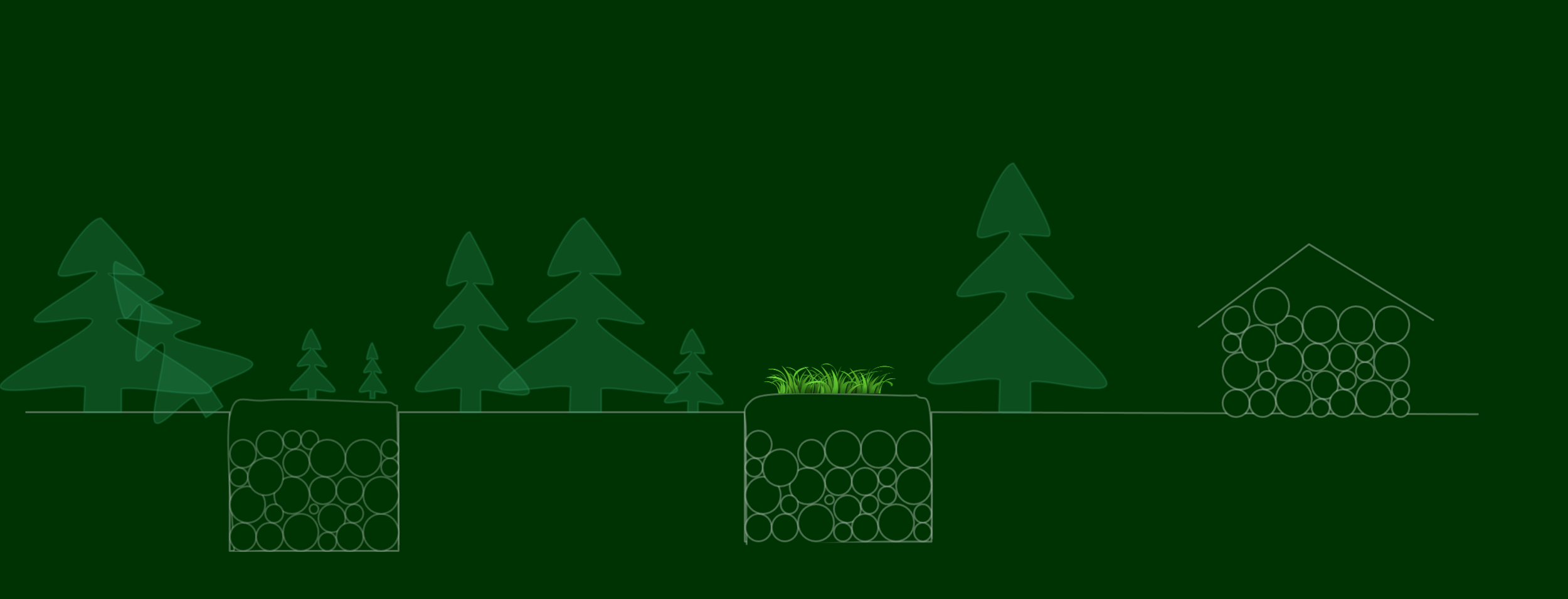
How to start a project?
WHS projects can be classified based on the source of woody material.
In the first type (TYPE A), woody biomass residuals are collected, often with environmental co-benefits such as fire risk reduction and waste utilization. They are ‘low-hanging fruits’, limited by the availability of wood residuals that would be otherwise mulched, burned, or left to rot. This method may have a potential of up to 2 GtCO2 per year globally.
In the second type (Type B), wood is harvested or collected from a sustainably managed forest, such as timberland and secondary-growth forest. The operation can be repeated every few years or decades and the carbon sequestered accumulates over time. Type B has large potential, up to 10 GtCO2 per year globally (about one third of global fossil fuel emissions).
Most likely, the project you have in mind belongs to one of the following prototypes









